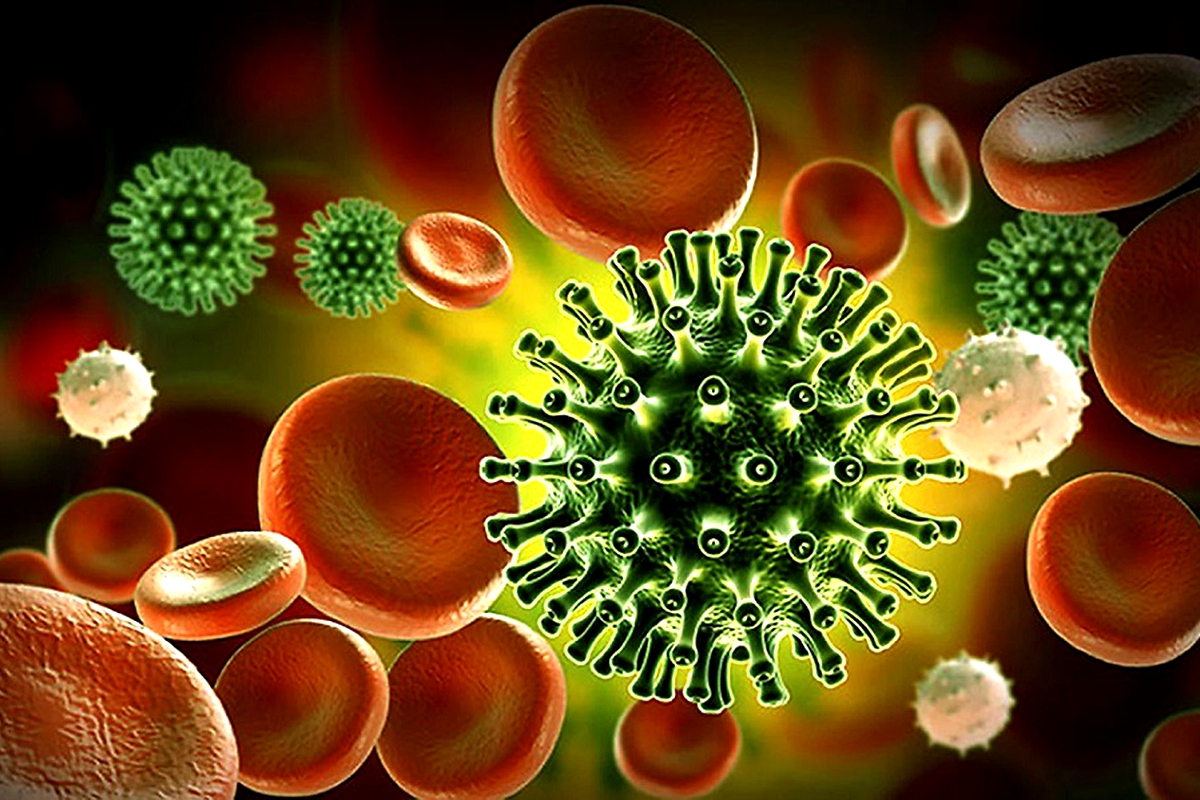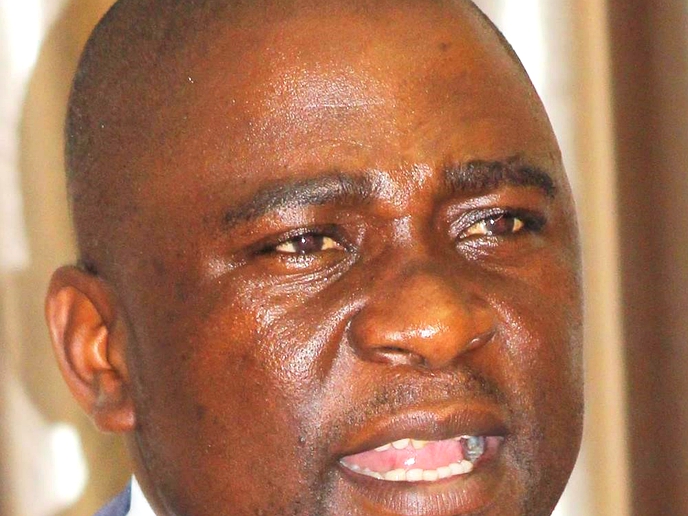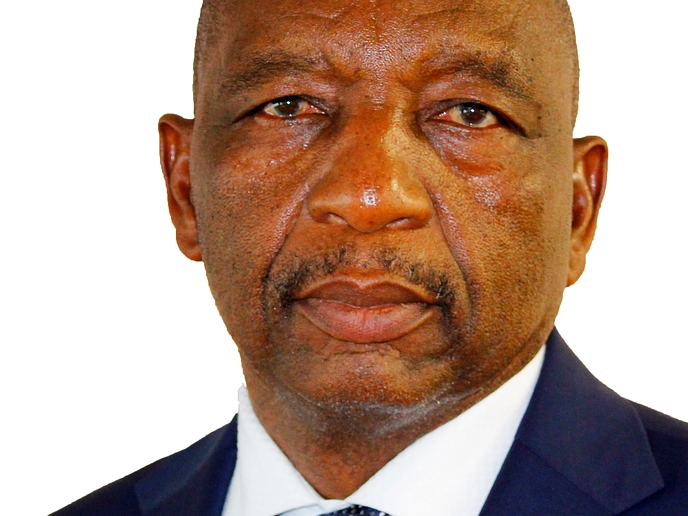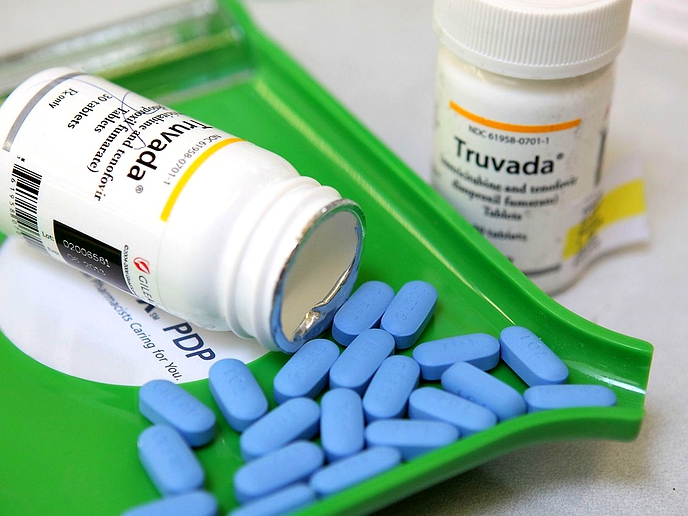More awareness is needed about those who experience prolonged symptoms of COVID-19. This long-hauler is a bona fide condition shared by many thousands across the globe.
health
Nov. 1, 2020
STAFF REPORTER
10 min read
Have you heard about Long-COVID?

When we first become infected with the coronavirus SARS-CoV-2 ‘acute infection’, a number of different scenarios may play out. First, approximately 40% of infected people will never experience symptoms at all. Of the remaining 60%, most will experience one or more symptoms that do not require hospitalisation and can be treated at home. A much smaller subset of symptomatic individuals: – 15-20% – will manifest ‘severe COVID-19’, resulting in admission to hospital mainly for pneumonia, and may need oxygen support, steroids and, less frequently, mechanical ventilation.
The length of time that people can experience Covid-19 symptoms varies a lot. Even now, COVID-19 is still a relatively new disease in terms of our experience, and we are still learning about the longer-term impact that the coronavirus may have on our bodies, the duration of symptoms and possible sequelae of the illness.
It is useful to understand the phases of SARS-CoV-2 infection, and why we are still learning about it. Initially, the virus enters the respiratory pathway, and then there is a burst of virus replication within the body. As the immune system mounts a response to the virus, it is then that symptoms begin to occur in most people. It is the same reason we feel so sick with flu. However, the next phase seems different to flu – in some people, they get an ongoing complex and dysregulated immune activation. This can result in collateral damage to tissues of multiple organs, potentially needing to be placed on a ventilator, and also ending up with long-term symptoms.
We recognise that patients with severe acute COVID-19 who require hospital admission often have residual fatigue and shortness of breath, but as outlined above, this group constitutes only a small fraction of those infected by SARS-CoV-2. A study from the Centres for Disease Control and Prevention (CDC), which interviewed 274 patients with proven COVID-19 who had not been admitted to hospital, showed that even in young patients, symptoms may be slow to respond; 26% of interviewees aged 18-34 years reported not having returned to their usual state of health within 14-21 days of their test, rising to 47% in those over 50 years. The greater the number of pre-existing chronic conditions also increased the likelihood that symptom resolution was delayed. A lot of emphasis has been placed on people who died and those who have “recovered” but little recognition has been given to those with persisting symptoms, even if they were never hospitalised.
This advisory lays out what we currently know about people with COVID-19 who are experiencing prolonged symptoms – so-called “Long-COVID” or “COVID long-haulers” – and discusses an approach to managing these symptoms.
Long-COVID
There is currently no internationally recognised definition of Long-COVID. A generally accepted timeframe that differentiates the duration of the acute infection from Long-COVID is one month, i.e. those people with symptoms persisting for more than 28 days may be experiencing Long-COVID. What is clear is that, like the acute infection, patients with Long-COVID can experience multiple symptoms that involve the lungs and other parts of the body. These may include: fatigue, muscle pains, weakness and low-grade fever; cough, shortness of breath, chest pain (lung burn); headaches, cognitive blunting (brain fog), pins and needles, rashes such as chilblain-like lesions (COVID toe); mental health conditions; and conditions relating to clotting in blood vessels. Some symptoms such as fatigue may be continuous while others are intermittent.
The other unknown is the proportion of people experiencing Long-COVID symptoms. This is partly due to not enough research having been undertaken to give an accurate indication. Another reason is that a large percentage of people who had COVID-19 symptoms over the past seven months were not tested for the coronavirus and therefore have not been “officially” diagnosed with a laboratory-confirmed SARS-CoV-2 infection. Due to this variance in testing, we need to accept that not having had a test for COVID-19 should not exclude a diagnosis of Long-COVID in someone who experienced acute COVID-19-compatible symptoms during this epidemic and is experiencing persisting symptoms.
In addition, many of us have experienced unprecedented stress triggered by COVID-19 and the subsequent lockdown, spanning fears about the future, anticipation anxiety, loss of jobs, and the death of loved ones from the virus. Brain fog and fatigue, as well as many other symptoms ascribed to Long-COVID, may equally be due to understandable mental health issues in dystopian times. There is no reliable test to differentiate between the two.
However, we do know that COVID-19 can result in persisting cognitive impairment. A recent study, published online in pre-print form, looked at cognitive function in 84,285 participants in the Great British Intelligence Test. This study showed that COVID-19 has consequences for prolonged cognitive dysfunction even in persons who had relatively mild symptoms that were managed at home. For the most severely affected participants with COVID-19, i.e. those who had been hospitalised and required mechanical ventilation, the study found a significant loss of function, equivalent to an average 10-year decline in global cognitive performance between the ages of 20-70 years, which equates to an 8.5-point difference in IQ. Linguistic problem-solving and visual selective attention were most notably affected. Although we have known from studies predating COVID-19 that people admitted to hospital who required mechanical ventilation for other causes demonstrate persisting cognitive deficit, the fact that reduced cognitive performance can be protracted in people not requiring a ventilator in this study was “unexpected”. In short, COVID-19 is capable of causing persisting loss in cognitive function, even in those who were mildly affected during the acute infection. Exactly how long this may last is still to be determined.
Can we predict who will get Long-COVID?
A recent study from the UK, the US and Sweden, also published in pre-print form, has shed light on this intriguing question. The COVID Symptom Study app looked at 4,182 of their almost 4 million users who log their symptoms prospectively, fulfilled the inclusion criteria of having had a positive SARS-CoV-2 PCR test, and scored themselves as “feeling physically normal” before the illness. Of people with confirmed COVID-19, 13% had symptoms lasting more than 28 days. Of these, 4.5% had symptoms lasting more than eight weeks and 2.3% for more than 12 weeks. The research team were also able to compare symptoms and other characteristics of this Long-COVID group with 1,581 people in their database who had PCR-confirmed COVID-19 but were symptomatic for fewer than 10 days (Short-COVID).
Fatigue (98%) and headache (91%) were the commonest reported persisting symptoms in people with Long-COVID. Other common symptoms included shortness of breath (71%), loss of smell (anosmia 72%), particularly in the older age groups, persistent cough (69%), sore throat (67%), fever (63%)and unusual muscle pains (64%).
The team went on to test whether they could predict who would go on to experience Long-COVID. They found that people with more than five symptoms in the first week of their illness were four times more likely to develop Long-COVID than those with fewer symptoms. The five symptoms that were most predictive were fatigue, headache, shortness of breath, hoarse voice and muscle pains. Long-COVID was also more likely to occur in women, older people and those with obesity.
The findings of this study applied equally in each of the three countries that took part. However, that does not automatically mean that exactly the same findings would result from a similar study in South Africa, which has a very different health and socioeconomic profile. Furthermore, there may be a number of biases that were introduced, for example, the results come only from people who used the app, and only reflect the experience of those who had a laboratory-confirmed diagnosis. Whether the same findings are true for those who did not have a positive confirmatory test for SARS-CoV-2 is not known. Despite these limitations, this study provides our best current evidence for predicting who will get Long-COVID and which symptoms are most likely to persist.
Enjoy our daily newsletter from today
Access exclusive newsletters, along with previews of new media releases.
Why do some have prolonged symptoms with COVID-19 and others don’t?
At present, we don’t know the answer to this question, particularly as it may not be “one size fits all”, bearing in mind the multisystem nature of the symptoms experienced by different people. A study following 100 German patients 10 weeks after being diagnosed with COVID-19 found evidence of inflammation of heart muscle in 60%, irrespective of whether they had any pre-existing heart disease. Biopsies from affected heart muscle showed no signs of the coronavirus, which suggest that the longer-term damage may relate to the body’s immune response to the infection, rather than the virus itself. This may also underlie damage to other systems such as the brain, gut and musculoskeletal system, but more research is urgently needed to illuminate what drives the symptoms of Long-COVID, and hence, how we might treat them.
What can be done if I discover I have Long-COVID?
First and foremost, you’re not “crazy”, and this is a real, bona fide problem, shared by many thousands, maybe millions, of people across the globe. It’s important to know that the majority of people suffering from Long-COVID will get better in time; there is light at the end of the tunnel. Your own personal timeframe is impossible to be sure of, but there are some simple approaches that you and your healthcare providers can take:
As Long-COVID most commonly manifests with multiple different symptoms, it requires a holistic approach and support management. That may include doctors, occupational therapists who are specialists in rehabilitation medicine (for the more severely affected), physiotherapists, mental health practitioners and peer support groups, which have largely led the way in addressing Long-COVID up to now. Their importance should not be underestimated. Sharing your problems with others experiencing the same issues is a powerful supportive action in itself.
The treatment of significant coexisting conditions such as diabetes, high blood pressure or mental health issues should be optimised to ensure that they are not contributing to symptoms. A healthy, balanced diet should be encouraged, but there is no scientific evidence to date that suggests vitamin or mineral supplementation such as vitamin D or zinc makes any difference to Long-COVID symptoms. Over-investigation by doctors should be avoided, as it is rarely necessary or helpful, and can be costly at no benefit to you. However, specialist referral should be considered if your symptoms are worsening, particularly if affecting the heart, lungs or brain. Common symptoms such as lung-burn and other aches and pains or fevers should be treated with paracetamol and anti-inflammatories as required.
Persons who have lost their sense of smell due to COVID-19 can be reassured that it will recover with time, but if it lasts more than a few weeks, repeated sniffing of a set of odorants (olfactory training) may help to speed up the recovery process. Chronic cough or shortness of breath may benefit from breathing control exercises.
Fatigue is often one of the most difficult symptoms to manage, not only in COVID-19, but also in non-COVID-related fatigue syndromes. Careful pacing, prioritisation and modest goal setting seems a pragmatic approach. Start with low-intensity exercise, increasing gradually. The Stanford Hall consensus statement for post-COVID-19 rehabilitation gives more detailed rehabilitation advice for individuals and their health care providers. Lastly, don’t forget about the psychological aspects of Long-COVID. The World Health Organisation (WHO) has produced helpful advice for managing stress. Seeking advice from mental health professionals may be needed for those experiencing depression, anxiety or post-traumatic stress disorder.
In summary
Although Long-COVID may be short on evidence to direct our response to it, this rapidly evolving clinical problem has important public health considerations as the pandemic continues apace. An expectation of recovery and a pragmatic, holistic approach to its management is needed, and plans must be made to accommodate the needs of this group of patients in the South African health system. DM168
*Prof Marc Mendelson, University of Cape Town, Prof Lucille Blumberg, National Institute of Communicable Diseases,
Dr Murray Dryden, National Institute for Communicable Diseases, Prof Shabir Madhi, Respiratory and Meningeal Pathogens Research Unit, University of Witwatersrand, Dr Jeremy Nel, University of Witwatersrand, Prof Wendy Stevens, National Priority Programs, National Health Laboratory Service, Prof Francois Venter, Ezintsha, University of Witwatersrand.
Tailored for you






